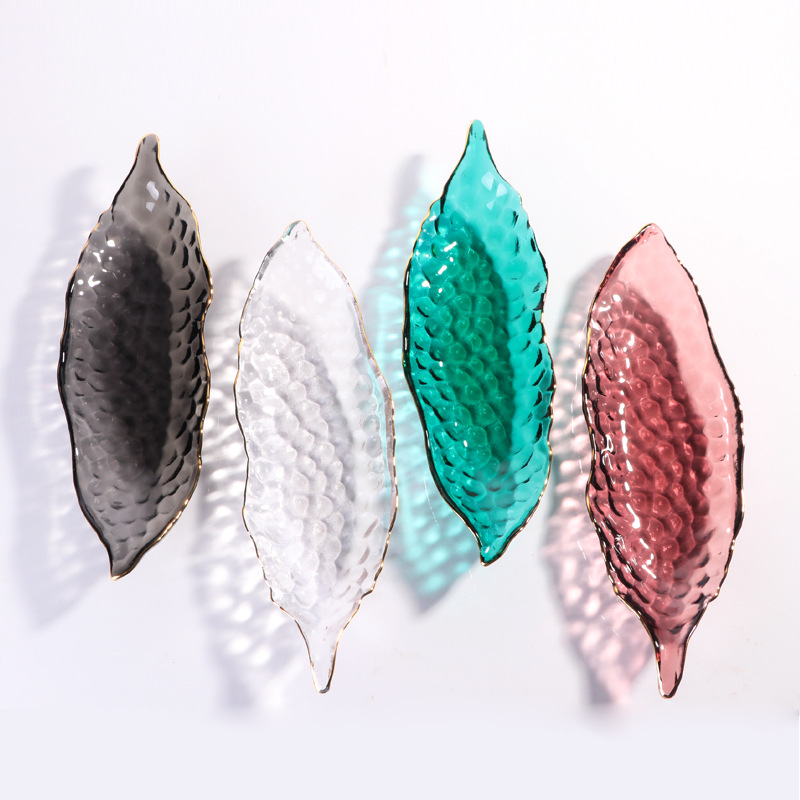Why Choose Glass Plates and How Do They Enhance Modern Applications?
2025-11-10
Glass plates are indispensable components across a wide range of industries, from architecture and electronics to kitchenware and laboratory equipment. They offer unparalleled transparency, high durability, and aesthetic appeal.
What Are Glass Plates and Why Are They Widely Used?
Glass plates are flat, solid sheets of glass engineered for structural integrity, chemical resistance, and visual clarity. They are produced using advanced tempering, annealing, or laminated processes to enhance strength and functionality. The applications of glass plates span from everyday household uses, such as cooking and tableware, to industrial applications, including electronics displays, optical devices, and laboratory environments.
The primary reasons for their widespread adoption include:
-
Transparency and Clarity: High optical quality ensures minimal distortion, making them ideal for display panels and decorative surfaces.
-
Durability: Tempered or chemically strengthened glass can withstand high impact and temperature variations.
-
Versatility: Available in various thicknesses, coatings, and surface treatments, glass plates can be tailored to specific industrial or commercial needs.
-
Safety: Laminated or tempered options reduce injury risk by breaking into small, less harmful fragments.
Key Parameters of Glass Plates
| Parameter | Description |
|---|---|
| Material Type | Soda-lime glass, Borosilicate glass, Tempered glass, Laminated glass |
| Thickness Range | 2mm – 25mm |
| Dimensions | Customizable, standard options include 600x600mm, 1200x1200mm |
| Surface Finish | Polished, matte, frosted, anti-reflective |
| Thermal Resistance | Up to 500°C (depending on material and treatment) |
| Optical Transparency | ≥ 90% light transmittance |
| Chemical Resistance | Resistant to acids, alkalis, and household chemicals |
| Durability | Shatter-resistant (tempered), scratch-resistant (coated variants) |
| Applications | Kitchenware, architectural panels, lab equipment, electronics, furniture |
Glass plates’ combination of mechanical strength, thermal stability, and aesthetic quality positions them as a reliable material for multiple industries. But understanding how these characteristics impact performance is crucial for selecting the right type of glass plate for specific applications.
How Do Glass Plates Function in Industrial and Daily Applications?
The functionality of glass plates is determined not only by the base material but also by manufacturing techniques and surface treatments. In industrial contexts, glass plates serve both structural and protective roles. For example, in electronics, they are used as touch screens, display covers, and protective panels. In laboratories, chemical-resistant glass plates provide a safe surface for handling corrosive substances.
Key functional attributes include:
-
Thermal Stability: Borosilicate glass plates can tolerate rapid temperature changes, making them ideal for laboratory and cookware applications.
-
Load Bearing and Structural Integrity: Tempered glass plates can endure high impact and heavy loads, making them suitable for countertops, architectural panels, and glass flooring.
-
Surface Customization: Coatings such as anti-reflective, hydrophobic, or scratch-resistant layers extend functionality while maintaining clarity.
-
Precision and Uniformity: High-quality manufacturing ensures minimal warping, flatness deviation, and consistent thickness, which are critical for optical and electronic applications.
In addition, glass plates are highly compatible with modern technologies such as laser etching, digital printing, and CNC cutting, allowing designers and engineers to integrate them into custom solutions efficiently.
Why Are Glass Plates Future-Proof Materials and What Trends Are Emerging?
As industries increasingly prioritize sustainability, functionality, and aesthetic appeal, glass plates continue to evolve. Innovations in production and material science have led to smarter, more resilient, and multifunctional glass products.
Emerging Trends in Glass Plates:
-
Smart Glass Integration: Electrochromic and photochromic glass plates that change opacity in response to electrical signals or sunlight are becoming common in architecture and automotive applications.
-
High-Strength Laminates: Multi-layered laminated glass provides superior safety, impact resistance, and sound insulation, meeting modern building codes and industrial safety standards.
-
Eco-Friendly Production: Recycling and low-energy manufacturing methods reduce environmental impact, aligning with global sustainability goals.
-
Advanced Coatings: Anti-fingerprint, anti-glare, and self-cleaning coatings improve hygiene and convenience in both consumer and industrial environments.
-
Precision Engineering for Electronics: Ultra-thin, highly transparent, and scratch-resistant glass plates are being increasingly used in smartphones, tablets, and other high-tech displays.
These trends indicate that glass plates are not only maintaining relevance but are also expanding their applications in innovative directions, from everyday household use to high-tech industrial solutions.
Common Questions About Glass Plates
Q1: How can I choose the right thickness and type of glass plate for my application?
A1: Selecting the appropriate glass plate depends on the intended use, load-bearing requirements, and environmental conditions. For structural or load-bearing applications, tempered glass of 6mm or thicker is recommended. For lab work or thermal applications, borosilicate glass ensures high thermal resistance. Surface treatments like anti-reflective or scratch-resistant coatings should be considered if optical clarity or durability is critical.
Q2: Are glass plates safe for kitchen or laboratory use?
A2: Yes. Tempered and laminated glass plates are specifically designed to reduce injury risk. In kitchens, heat-resistant glass plates can handle cooking temperatures without cracking. In labs, chemically resistant borosilicate glass plates prevent reactions with corrosive substances, ensuring safe handling. Proper selection according to thickness, material, and treatment ensures safety in all environments.
Conclusion: Why INTOWALK Glass Plates Are the Reliable Choice
INTOWALK glass plates combine cutting-edge materials, precise manufacturing, and versatile design options to meet the needs of modern consumers and industries. Whether it’s for household applications, laboratory safety, architectural aesthetics, or high-tech electronics, these glass plates provide a perfect balance of transparency, durability, and functionality. With advanced coatings and innovative production methods, INTOWALK continues to set benchmarks in quality and performance, ensuring that every glass plate meets the highest standards.
For further inquiries or to explore the full range of INTOWALK glass plates, Contact Us today to discuss your specific needs and receive expert guidance tailored to your applications.
